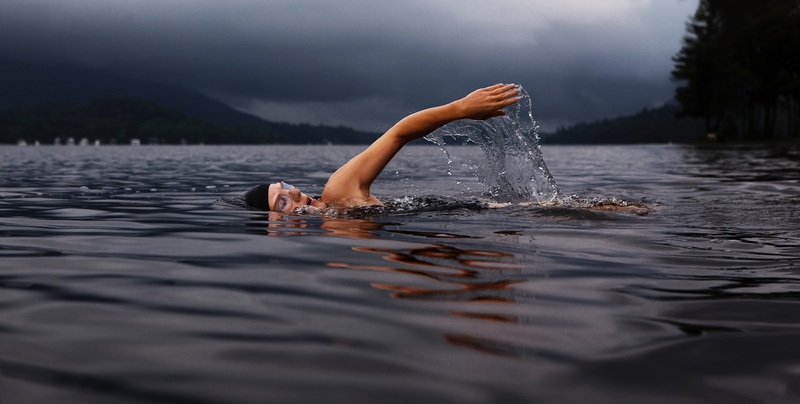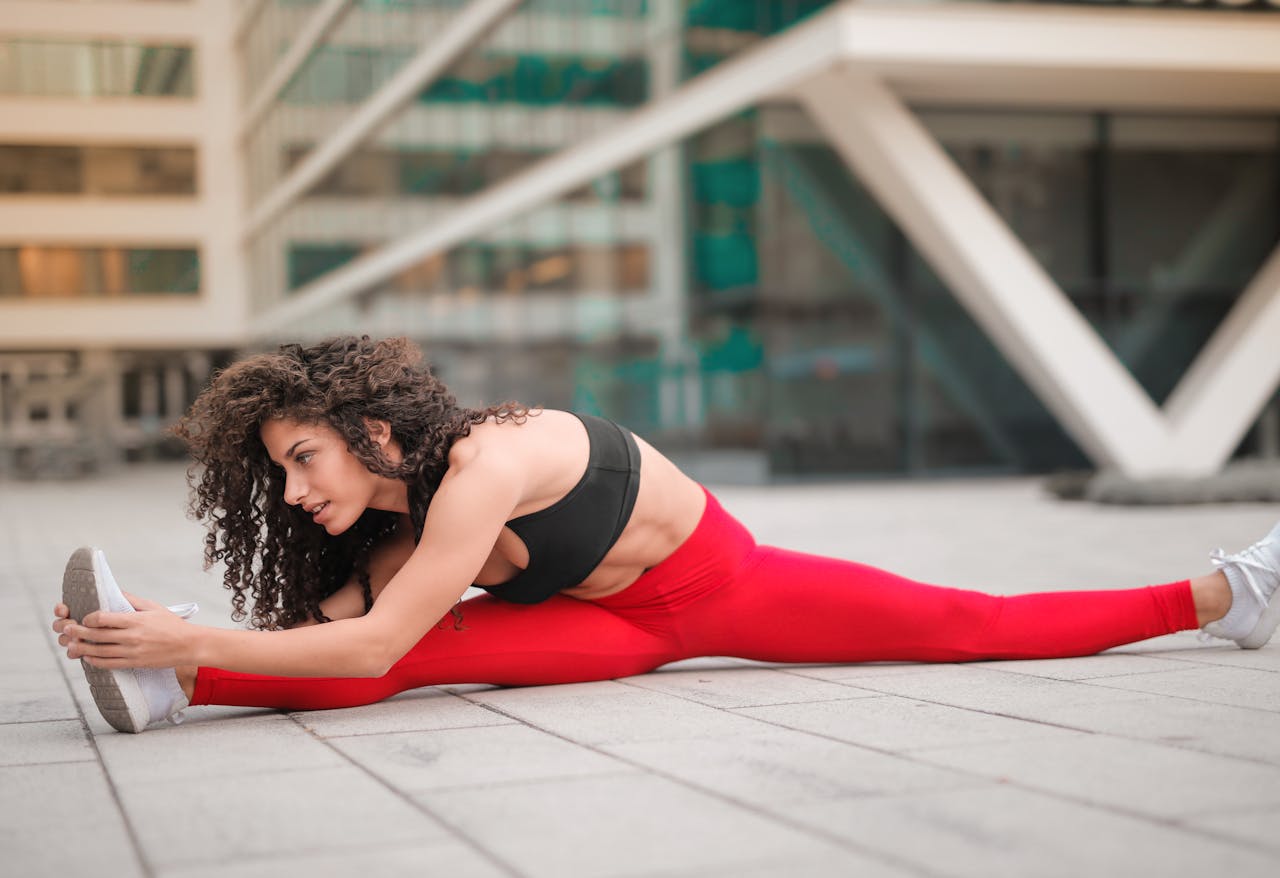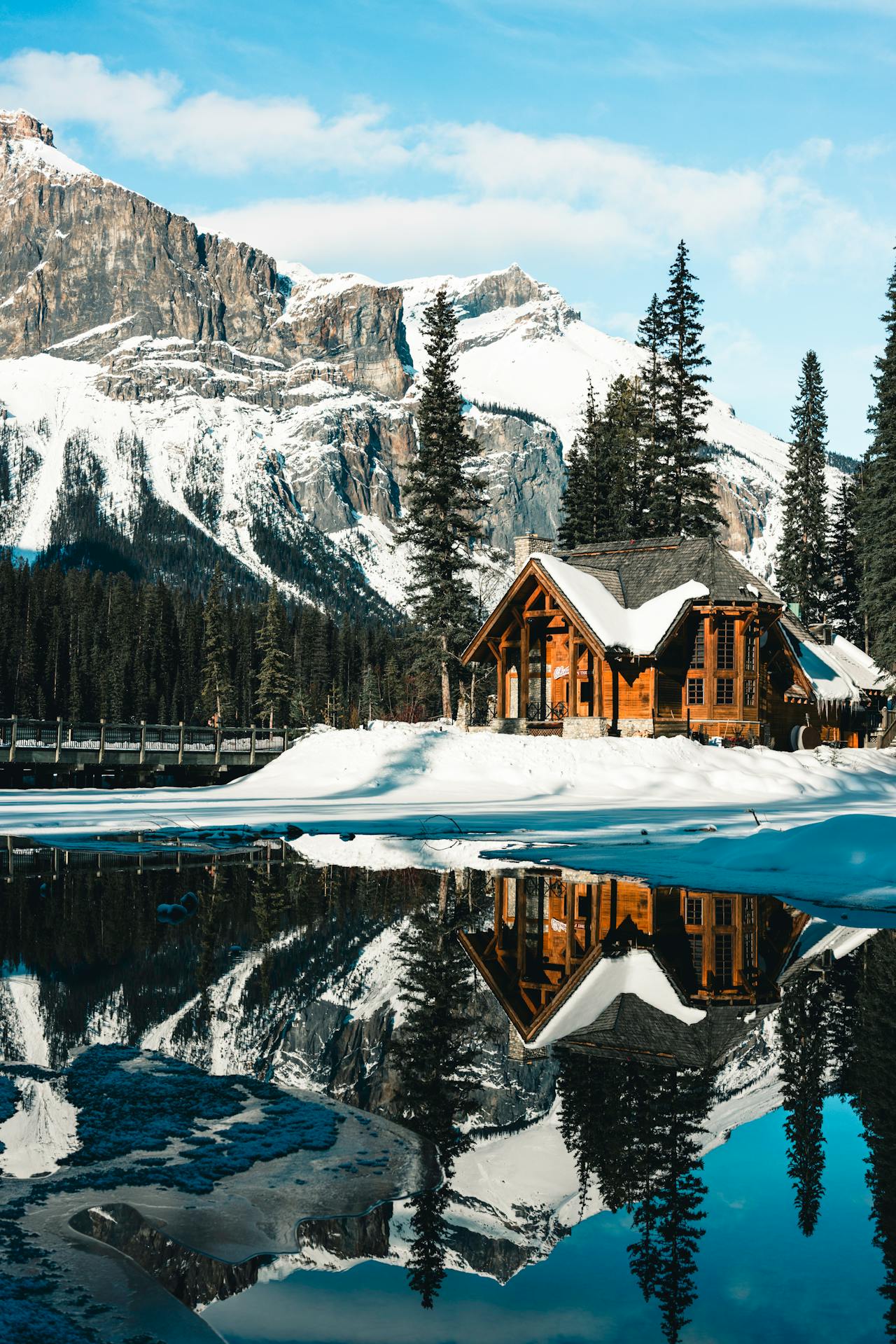In today’s real estate market, your first showing doesn’t happen at an open house — it happens online. With more than 90% of buyers starting their home search on the internet, your listing photos are often the make-or-break factor that determines whether someone clicks to learn more or scrolls right past.
The good news? You don’t need to be a professional photographer to create stunning, attention-grabbing listing photos. With the right equipment, lighting, and techniques, you can showcase any home in its best light — literally.
Whether you’re a homeowner selling FSBO, a real estate agent looking to up your marketing game, or simply curious about how the pros do it, this guide will show you how to take photos that sell.
📸 Why Great Listing Photos Matter More Than Ever
Before diving into the “how,” it’s worth understanding the “why.” Good photography is no longer optional — it’s essential.
- First impressions happen online. Buyers decide in seconds whether a property is worth a closer look.
- More clicks = more showings. Listings with high-quality photos get significantly more online traffic.
- Perceived value increases. Professionally styled photos make homes look larger, brighter, and more desirable — often leading to faster sales and higher offers.
- Poor photos can cost you. Dark, cluttered, or poorly composed images can make even a beautiful property seem unappealing.
Think of listing photos as your home’s online storefront. They’re not just documenting the space — they’re selling a lifestyle and a vision.
📷 Step 1: Prep the Home Like a Pro
No camera can fix a messy or poorly presented space. Before you ever pick up a lens, invest time in preparing the property.
✅ Pre-shoot checklist:
- Declutter and depersonalize. Remove excess furniture, personal items, and anything that distracts from the home’s features.
- Deep clean. Sparkling floors, windows, and surfaces make photos feel brighter and more inviting.
- Stage key rooms. Arrange furniture to highlight space and flow. Add simple decor (like plants, pillows, or artwork) to create warmth.
- Maximize natural light. Open curtains and blinds to flood rooms with daylight.
- Tidy exterior spaces. Mow the lawn, sweep walkways, and remove trash cans or garden tools.
💡 Pro Tip: Every photo is a reflection of how the home is perceived. Preparation is the single most important step — even the best camera won’t save a cluttered room.
💡 Step 2: Understand Lighting — The Secret to Beautiful Photos
Lighting is the most powerful tool in real estate photography. It shapes mood, highlights features, and dramatically affects how buyers perceive space.
✅ Tips for perfect lighting:
- Shoot during the “golden hours.” Late morning or early afternoon (when sunlight is soft and indirect) usually produces the best results.
- Use natural light whenever possible. It creates warmth and makes rooms feel more open.
- Avoid harsh midday light. Bright sunlight can create deep shadows and blown-out highlights.
- Turn on interior lights. Even during the day, soft indoor lighting helps balance exposure.
- Watch for mixed light temperatures. If daylight and warm bulbs clash, colors can look off. Use similar bulbs throughout.
💡 Pro Tip: If natural light is limited, use soft, diffused artificial light — never direct flash, which creates harsh reflections and flattens depth.
📐 Step 3: Master Composition and Angles
Composition — how you frame each photo — can make a huge difference in how spacious, functional, and appealing a room looks.
📏 The 3 most important composition rules:
- Shoot from chest height (about 4–5 feet off the ground). Too high or too low distorts scale.
- Use wide-angle shots — but don’t overdo it. A wide lens captures more of the room, but excessive distortion can feel unnatural.
- Highlight key selling points. Frame shots to feature fireplaces, large windows, vaulted ceilings, or other standout features.
✅ Additional tips:
- Shoot from corners, not doorways. It gives a better sense of space and dimension.
- Use leading lines. Align furniture or floors to draw the viewer’s eye into the room.
- Keep verticals straight. Crooked walls or leaning door frames subconsciously feel “off.”
- Show flow between rooms. Capture multiple spaces in a single shot to help buyers visualize the layout.
💡 Pro Tip: Each photo should have a purpose. Ask yourself, “What is this image showing the buyer?” If the answer isn’t clear, reframe and reshoot.
🏡 Step 4: Focus on the Most Important Rooms
Not every room deserves equal photo coverage. Some spaces have a bigger impact on buyer perception — and that’s where you should focus most of your effort.
📸 Must-shoot spaces:
- Front exterior: The hero shot. This is the thumbnail buyers will see first online.
- Entryway: Sets the tone for the rest of the home.
- Living/family room: Where buyers imagine gathering and entertaining.
- Kitchen: One of the most influential selling points.
- Primary bedroom: Should feel spacious, relaxing, and inviting.
- Bathrooms: Clean, bright, and uncluttered is key.
- Backyard or outdoor space: Even a small patio can become a lifestyle feature.
💡 Pro Tip: Aim for 20–30 photos for an average-sized home. Too few and buyers feel they’re missing information; too many and they may feel overwhelmed.
🪟 Step 5: Don’t Forget Exterior and Lifestyle Shots
Curb appeal doesn’t end with landscaping. Exterior photos are often the first images buyers see — so they need to be compelling.
✅ Exterior photo checklist:
- Take multiple angles of the front and backyard.
- Include the driveway, garage, porch, and landscaping.
- If the neighborhood is a selling point, include a few shots of nearby parks, walking paths, or views.
💡 Pro Tip: If the home has great curb appeal at night (like landscape lighting or a fire pit), consider adding a twilight photo. These shots can create a sense of drama and make a listing stand out.
🖼️ Step 6: Edit Thoughtfully — Don’t Overdo It
Editing can elevate your photos — but it should never mislead buyers. The goal is to enhance, not deceive.
✅ Editing best practices:
- Adjust brightness and contrast to create a balanced, inviting image.
- Correct white balance so colors look natural.
- Straighten lines and crop edges for clean composition.
- Remove minor distractions (like cords or scuffs), but avoid altering permanent features.
🚫 Avoid: Over-saturating colors, replacing skies, or digitally removing power lines. Misleading edits can create disappointment — or worse, legal issues — when buyers see the property in person.
📱 Step 7: Consider Hiring a Professional (If It Fits Your Budget)
While DIY photography can yield great results, hiring a professional real estate photographer is often money well spent — especially for high-value properties or competitive markets.
Pros bring:
- High-end cameras and lenses that capture more detail
- Lighting equipment to showcase rooms at their best
- Editing expertise for magazine-quality images
- Experience framing and highlighting key features
Even if you plan to shoot most photos yourself, investing in a few professional shots for the exterior or main living spaces can significantly elevate your listing.
🏁 Final Thoughts: Photos Are Your Silent Sales Team
Think of your listing photos as your home’s first salesperson. They work 24/7 — online, on mobile, and in print — to capture attention and create desire. And just like any salesperson, their effectiveness depends on how well they present the product.
Whether you’re snapping photos with a smartphone or a DSLR, the fundamentals are the same: clean, bright, well-staged spaces, thoughtful composition, and attention to detail. With the right preparation and techniques, you can produce photos that not only attract buyers but make them excited to see the home in person.
In a crowded housing market, great listing photos aren’t just nice to have — they’re one of the most powerful marketing tools you have. Master them, and you’re already one step closer to a faster sale and a better price.
✅ Final Tip: Before you hit “upload,” view your photos as a potential buyer would. Do they make you want to schedule a showing? If not, adjust lighting, composition, or staging until they do.



